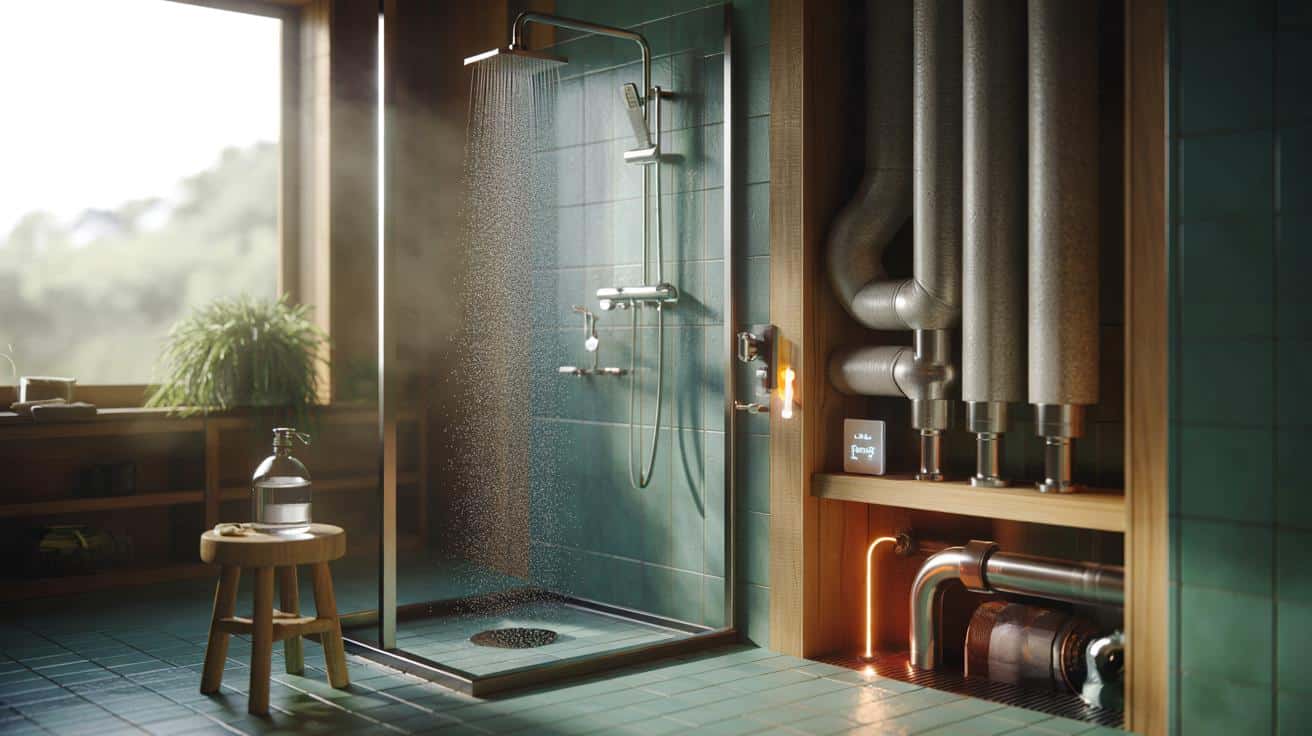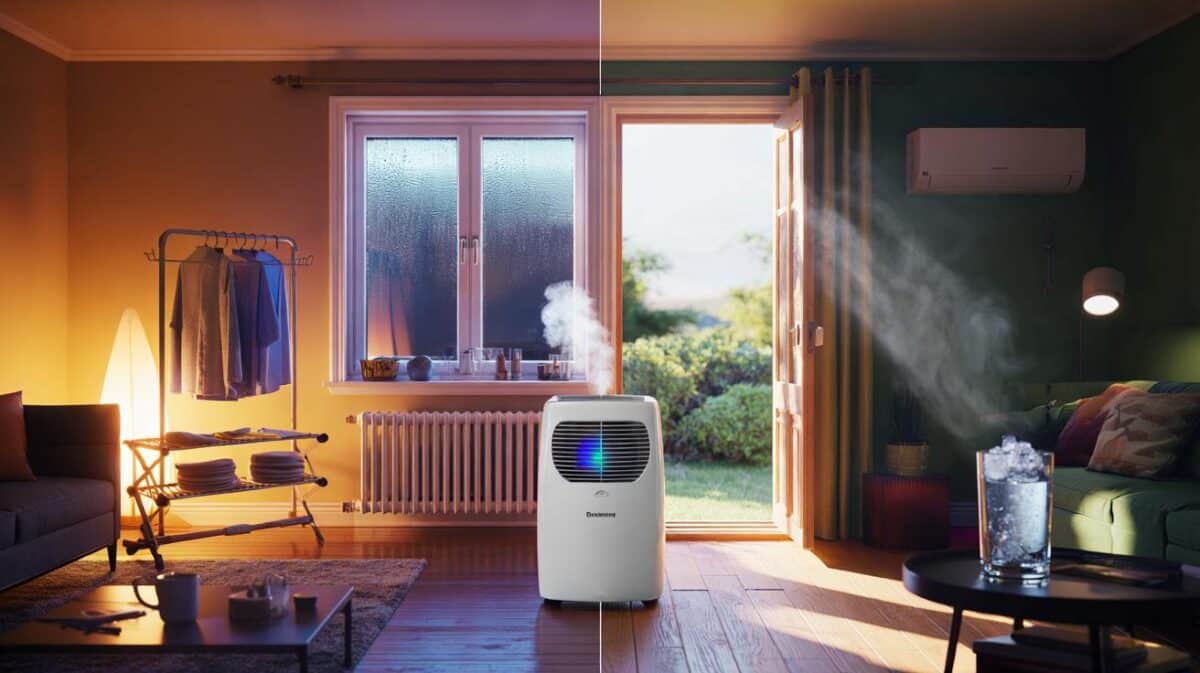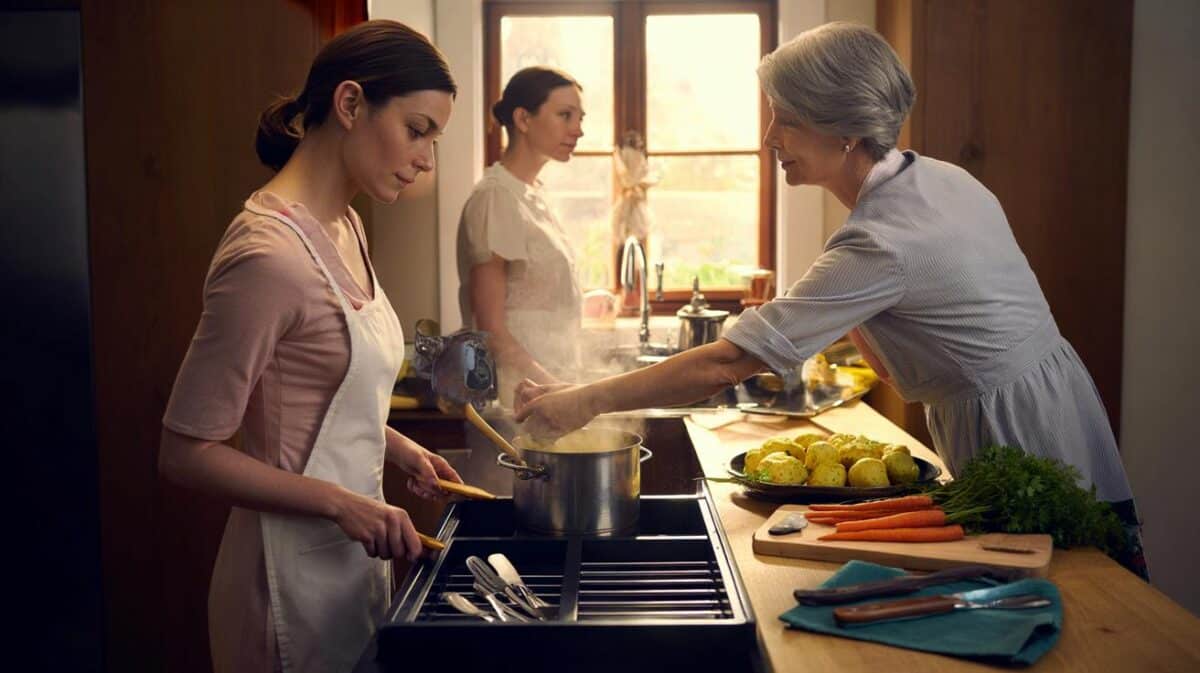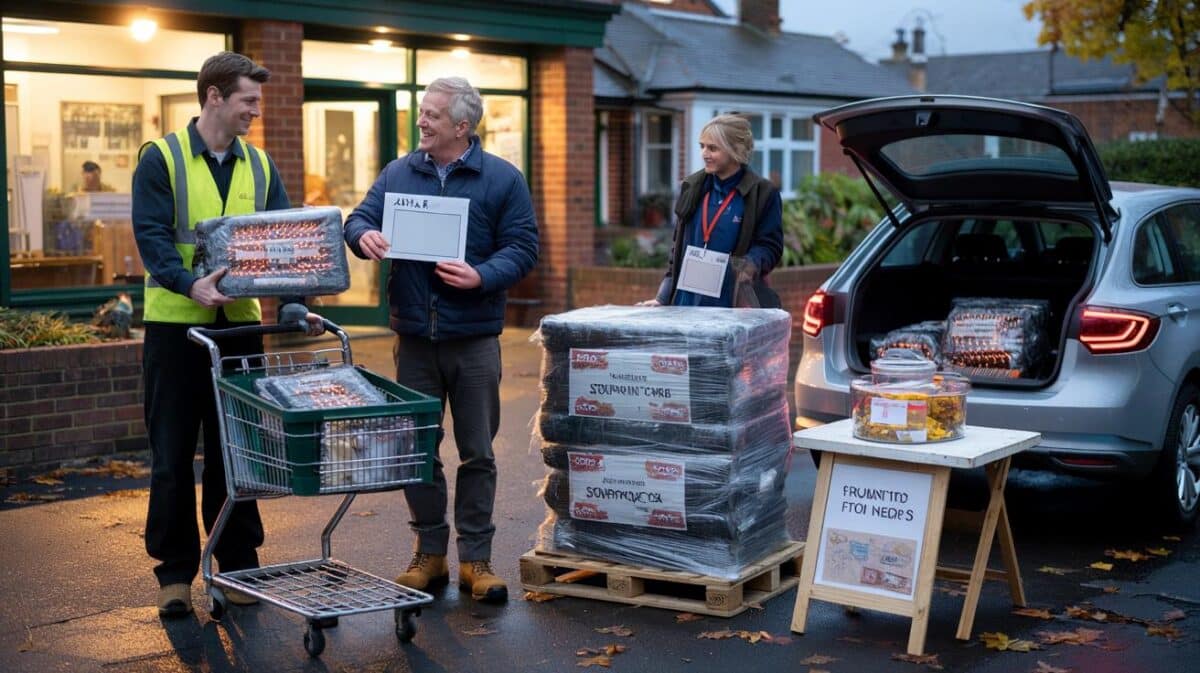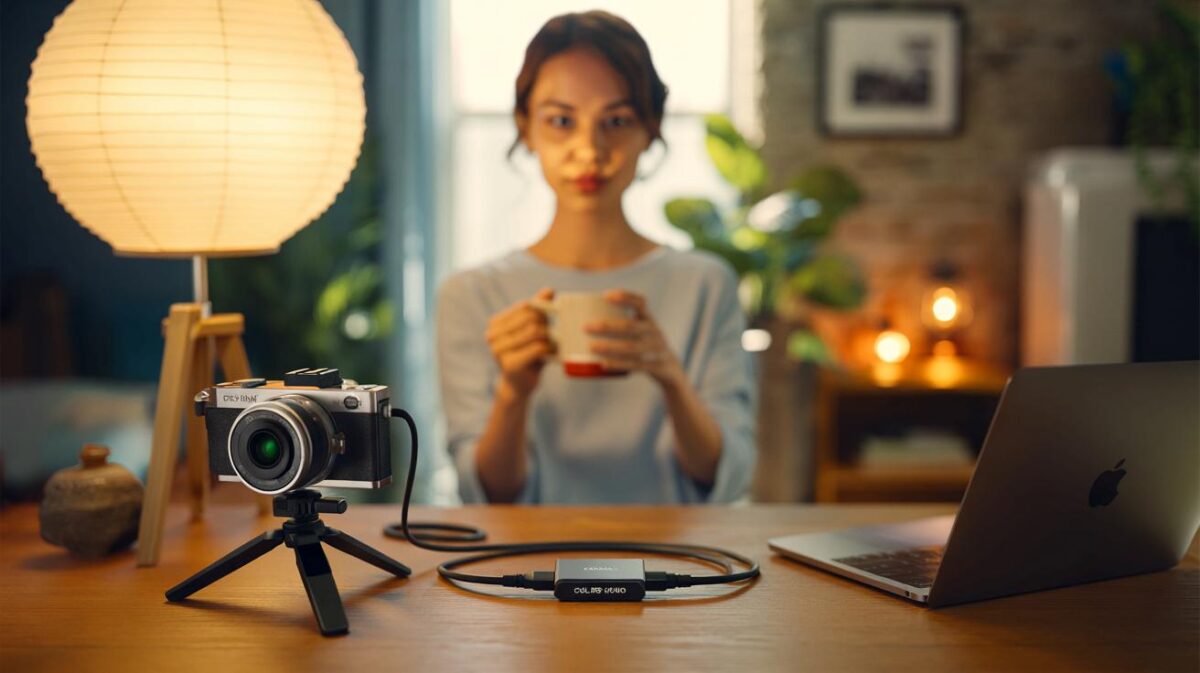The kettle clicks, the boiler hums, and a thin ribbon of hot water snakes through cold pipes before it ever touches your skin. We pay for those hidden seconds with pounds and heat, then watch steam drift away down the drain. The trick is simple to say and hard to do: keep the comfort, lose the waste.
You turn the shower, wait for warmth, and catch yourself doing that little hop to avoid the first cold splash. Somewhere in the airing cupboard, a cylinder sighs, or a combi coughs into life.
The water warms. You thaw. Then you stand a little longer than planned because it’s the nicest part of the day. Outside, the garden is thirsty. Inside, the meter is spinning. You wonder how much of this heat you’ll remember by lunchtime.
We’ve all had that moment when the hot tap runs just a bit longer, “just to be sure”. The waste hides there.
Where the hot water really goes
Most of what we call “waste” is not a long bath. It’s seconds of overrun at the tap, heat fading inside uninsulated pipes, and showers that start cold and end with a minute you didn’t need. The invisible bits add up, quietly and every day.
In a typical UK home, a shower flows at 8–12 litres a minute. Eight minutes can mean the same hot water as a bath. The part you feel least is the first litre or two that never gets hot before the spray is warm. That’s the water abandoned in the “dead leg” of pipework, the metres between your boiler or cylinder and your bathroom.
There’s also the hit from the system you own. Combi boilers often sit in ECO mode, which saves gas by not preheating a little hot water, but it makes you wait longer at the tap. Cylinders set too low lose less heat but risk hygiene; too high and they waste energy. The sweet spot is a hot tank held safe, then mixed cooler where you use it.
How to keep the comfort and cut the waste
Start at the showerhead. A quality low-flow model keeps the feel but trims the litres, especially at 6–8 l/min. Pair it with a thermostatic mixer so the hot stays steady and you don’t chase the handle. If you have a cylinder, fit a mixing valve to deliver around 43–45°C at outlets while the tank sits at 60°C for safety. That means shorter faffing, a safer shower, and less heat left in the pipes.
Wrap the heat you already paid for. Insulate every accessible hot pipe you can see in the airing cupboard and under the bath. Add or upgrade a cylinder jacket if yours feels warm to the touch. Shorten pipe runs when you renovate: moving a shower 50 cm closer to the hot source sounds trivial, but it can chop a good half-litre of dead-leg water. Soyons honnêtes : personne ne fait vraiment ça tous les jours.
If you live with a combi, try both worlds for a week each. ECO on: less standing gas, longer waits. ECO off: shorter waits, small standby burn. Time how long your shower warms, and note the meter difference for a typical week. Then pick the mode that wastes less on your layout. With a cylinder, schedule heat to match actual usage and let it rest in between. A quick reheat before the morning rush beats idling hot all day.
Practical wins you’ll actually stick with
Prime on demand, not forever. A smart, demand-controlled recirculation pump with a button or motion sensor can pull hot water to the bathroom just before you step in, then switch off. It kills the cold-start wait without a loop that runs all day. If that’s not an option, collect the first cold run-off in a jug for plants or the mop; it’s the simplest save you’ll forget least.
Use temperature to train habit, not to punish. Drop the delivered shower temperature one notch so the “extra minute” feels less seductive. Keep the soundtrack trick: one favourite song is a natural timer. Fix drips that are warm to the touch. Choose cold for handwashing when hands aren’t greasy. And if your boiler has a hot water set-point, tune it so you’re not overheating just to mix it back down.
“Let’s be honest: nobody really does that every day.” So build in changes you can do once and keep. Fit aerators on basin taps. Add a thermostatic mixer to the bath. Seal and lag what you can touch. Small hardware beats heroic willpower at 7am.
“Hot water waste hides in seconds and metres, not just in minutes under the spray.”
- Keep the cylinder at 60°C for hygiene; mix down at the tap for comfort.
- Pick a 6–8 l/min showerhead that still feels great.
- Insulate hot pipes and the cylinder so the heat you buy arrives at your skin.
The upgrades that pay you back in showers
Think of heat like a story that keeps returning. A shower drain heat recovery unit (WWHRS) takes warmth from your outgoing water and preheats the incoming cold. You feel the same spray, your boiler works less, and the maths looks better the more you shower. It’s a behind-the-tiles upgrade that doesn’t ask you for daily effort.
Then look at the little brains. A smart cylinder controller that learns your routine will heat just in time for morning and evening, and rest at midday. A combi with weather compensation can hold a steadier temperature, which makes the hot-water switchover less twitchy at the tap. If you’re refurbishing, run shorter, straighter hot pipes and group bathrooms near the cylinder. The best litre saved is the one that never left the pipe cupboard.
There’s a social layer too. Kids love the “song timer” game. Housemates respond to cues they don’t have to negotiate, like a showerhead that simply uses less. For someone shielding or with sensory needs, a thermostatic mixer is dignity and safety first. And for anyone with stored hot water, keep that hygiene rule close: tanks at 60°C, mixed down at point of use to protect skin and comfort. That’s not negotiable.
Keep the warmth, ditch the guilt
Hot water is the most human of energy uses. It’s comfort, not just kilowatt-hours. When you cut waste without cutting feeling, you get the best deal in the house: more of what you love, less of what you don’t pay attention to. The daily rhythm gets simpler too. One tweak, one tighter pipe run, one smarter valve.
What shifts everything is the map in your head. You start to see where heat travels, where it lingers, where it dies. You stop chasing the tap and start choosing where the warmth goes. And with a few decisions made once, the rest becomes automatic. Tell a friend what worked in your place. Borrow a trick from theirs. This is how these things spread.
| Key points | Detail | Reader Interest |
|---|---|---|
| Shorten the dead leg | Bring hot sources closer, demand-prime, insulate pipes | Immediate comfort, no cold-start dance |
| Control, then forget | Thermostatic mixers, smart schedules, set-and-leave | Fewer adjustments, safer temperatures |
| Harvest lost heat | Shower drain heat recovery, better showerheads | Same feel, lower bills and footprint |
FAQ :
- Is it safe to lower my hot water temperature?For stored hot water, keep the cylinder at 60°C to control Legionella, and use a mixing valve to deliver around 43–45°C at taps.
- Will a low-flow shower feel weak?Pick a good 6–8 l/min model with pressure-compensating tech; it shapes the spray so it still feels full.
- Do recirculation pumps waste energy?Continuous loops can. A demand-controlled pump that runs only before you use hot water cuts both waiting and standby losses.
- What about combi boiler ECO mode?ECO reduces preheat gas use but lengthens wait time. Try a week in each mode, measure your wait and usage, then keep the one that wastes less in your home.
- Is a heat recovery drain worth it?If you shower often, yes. It can reclaim a large chunk of heat with no behaviour change once installed.
